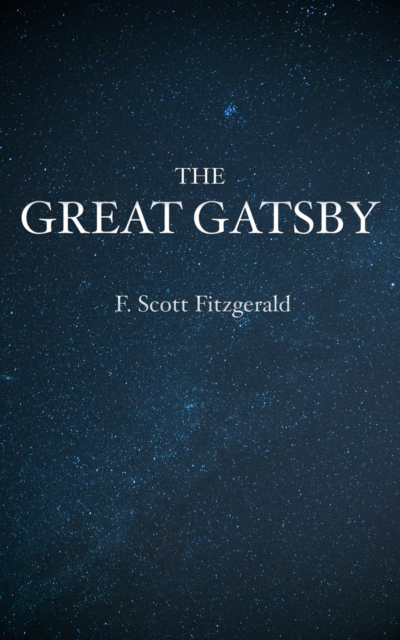The Great Gatsby

Nearly a century after its publication, F. Scott Fitzgerald's The Great Gatsby remains a quintessential classic of American literature. Set in the Roaring Twenties, this slim novel manages to encompass all the decadence, idealism, and ultimate disillusionment of the Jazz Age. It is at once a scathing indictment of the American Dream and a poignant tale of doomed romance, told in prose that sparkles like the champagne glasses of Gatsby's lavish parties.
On the surface, the plot seems straightforward: the narrator Nick Carraway becomes entangled with his wealthy neighbor Jay Gatsby and Gatsby's circle, including Nick's cousin Daisy Buchanan. But through Nick's eyes, we gradually uncover the central mystery of who Gatsby really is beneath his carefully constructed facade. We learn of his meteoric rise, his single-minded devotion to winning back Daisy's love, and the shady means he used to attain his fortune.
As Nick is drawn further into Gatsby's orbit, he also becomes an astute observer of the glittering but morally bankrupt world of 1920s high society. Fitzgerald skewers the careless, moneyed elite through characters like the brutish Tom Buchanan and his wife Daisy, who "smashed up things and creatures" and then retreated back into their wealth. Against this backdrop, Gatsby's idealism and unshakable belief in the green light of his dream seem all the more poignant.
Fitzgerald's lush, evocative writing brings this vanished world to life. Each page shimmers with vivid descriptions and arresting images, from the "blue gardens" of Gatsby's parties to the "valley of ashes" presided over by the brooding eyes of Doctor T. J. Eckleburg. The novel's structure also contributes to its power, as the truth of Gatsby's past and present circumstances are gradually revealed, building to a tragic crescendo.
Like his great protagonist, Fitzgerald himself embodied both the dazzling successes and devastating failures of the era. He and his wife Zelda were the quintessential Jazz Age couple, living a life of glamour and excess that would be their undoing. Gatsby was inspired in part by a real-life figure, Max Gerlach, whom Fitzgerald met on Long Island. The novel also foreshadowed Fitzgerald's own struggles with money, alcoholism, and a mentally unstable spouse.
While The Great Gatsby received mixed reviews upon publication, it has grown in stature over the decades to be widely regarded as Fitzgerald's masterpiece and the great American novel. It captures a defining moment in the nation's history, when the Victorian mores of the past had crumbled but before the devastation of the Depression. That restless, hedonistic, post-war energy leaps off of every page.
Countless writers and artists have been inspired by Fitzgerald's vision, and the book has been adapted for stage and screen multiple times. But perhaps the greatest testament to its enduring power is how The Great Gatsby continues to speak to new generations of readers. We recognize ourselves in the novel's lost souls, forever chasing an elusive dream. And we are transported by the sheer beauty of Fitzgerald's prose and the aching romance at the heart of the novel. The Great Gatsby, like its titular character, is a book that will forever remain tantalizingly out of reach—and all the more beloved for it.